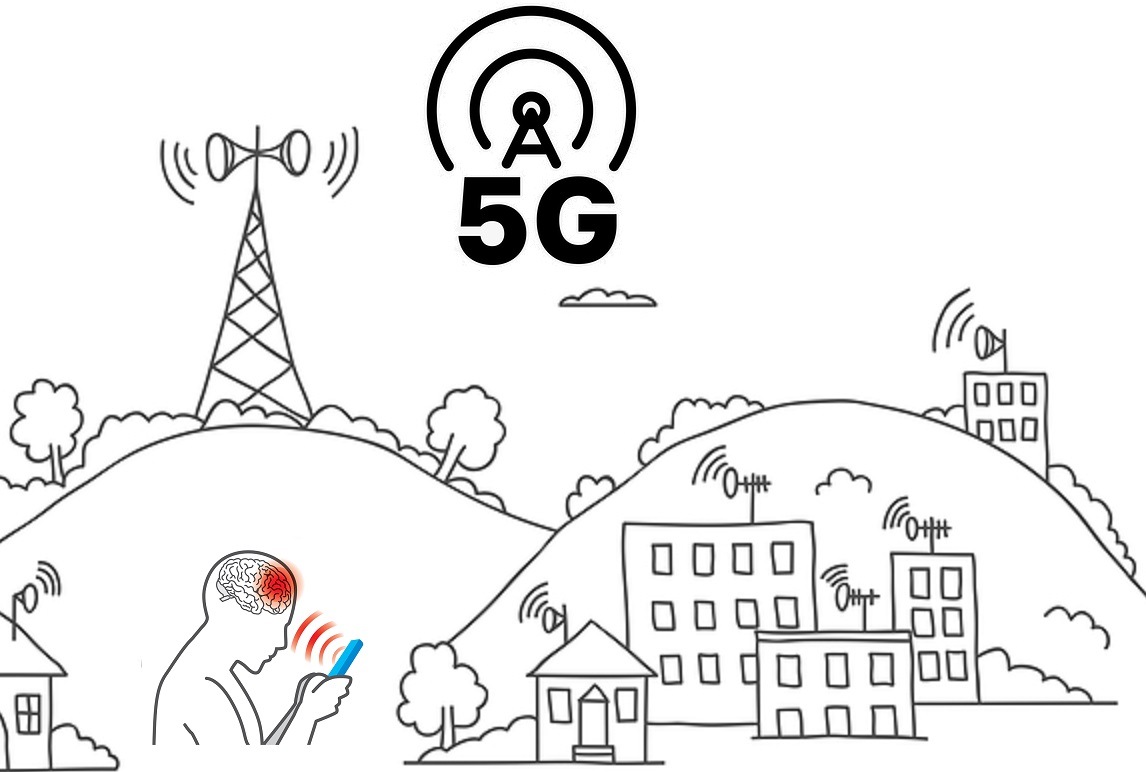This article covers the topic of 5G radiation. It is a non-ionizing form of electromagnetic radiation. Because 5G radiation is tiny, it doesn't have the ability to break the chemical bonds of biological tissues or trigger any modifications to cells. It is not known if 5G radiation affects the risk of developing skin cancer. No evidence has been discovered to suggest it may cause other disease.
High-frequency millimeter wave radiation
High-frequency millimeter wave radiation from mobile phones and wireless networks may cause health issues to humans. There are a few different ways this radiation could cause harm. In some instances the radiation could cause damage to someone's DNA. In other cases the radiation may cause harm to other parts of the body, such as the brain.
Recent studies have revealed that 5G technology could cause tissue heating. In the aftermath, researchers from the International Council on Non-Ionizing Radiation Protection (ICNIRP) has called for a review of existing safety standards for biological and thermal safety. The current standards for exposure are not adequate to protect individuals from excessive heating in the event of exposure to pulsed millimeter wave radiation.
Skin cancer risk
There is no definite answer at present to the issue of whether radiation from 5G can cause skin cancer. It is however believed that 5G RF-EMFs behave much as high-LET ionizing radiations. As a result, they may cause large amounts of free radicals within the skin. The FCC has not issued any specific guidelines on the risks of 5G technology. 5g radiation on the subject continues.
Although there are a number of studies that examine the effects of radio waves with higher frequencies on human health but they've remained small in the scope. However, there is concern over the effects of millimeter-wavelength exposure on oxidative stress and gene expression. These effects could be extended to the skin and other organs, including the brain.
Impact on other illnesses
An innovative new technology in wireless called 5G is rapidly gaining ground however, scientists are warning about its potential health hazards. The technology will dramatically increase the quantity of electromagnetic radiation that is found in our environment. This is a concern that has caused debate in several countries, including Switzerland. In September 2017 390 scientists and doctors supported a motion for a moratorium on 5G deployment. This motion was not heeded by the European Commission, which is responsible for monitoring the use of technology like 5G.
Therefore there is a need for more research to study the health implications of 5G. While we wait, studies have shown that 5G does not cause the same negative effects in humans as radiation from older mobile networks. Additionally, it does not transmit the new coronavirus type. Additionally it does not make people more susceptible to viral infections.
5g radiation symptoms of exposure
Measurement of the radiation exposure of 5G is a crucial aspect of the security of 5G networks. There are two methods to measure exposure. One involves measuring RF power absorption by human tissue. Another involves measuring the quantity of radiofrequency energy released from an object. The term "radiofrequency energy" (RF) refers to an electromagnetic field of energy that is emitted directly from radio receivers.
Within the United States, the FCC has implemented a limit on the energy density of mobile devices running 5G. These tests only measure power density at just several inches, and they do not require measurements of every beam. FCC does not require the measurement of every beam. However, how does 5g emit radiation is generated by each beam is estimated by computer simulation. The worst case scenario is selected depending on the design of each beam.
The study has its limitations
There's been a lot of debate about whether the effects of 5G radiation are detrimental to the health of humans. In the case of 5G, for instance. Swiss Government, for example has issued an analysis that concludes 5G technology does not cause negative health consequences in the short term however, there aren't any studies which have shown long-term effects. But, the report contains a number of problems, including biased reports.
The frequency and power of radio waves that carry energy are determined by the frequency. The energy carried by a millimetre wave will be the same as that of current radio waves however, they're less visible and are more suitable for environments with high density, since they will not be blocked by glass or walls. High-density urban areas would require a large number of small, low-power sites, and suburban areas will be better served by 5G networks operating at lower frequency.

